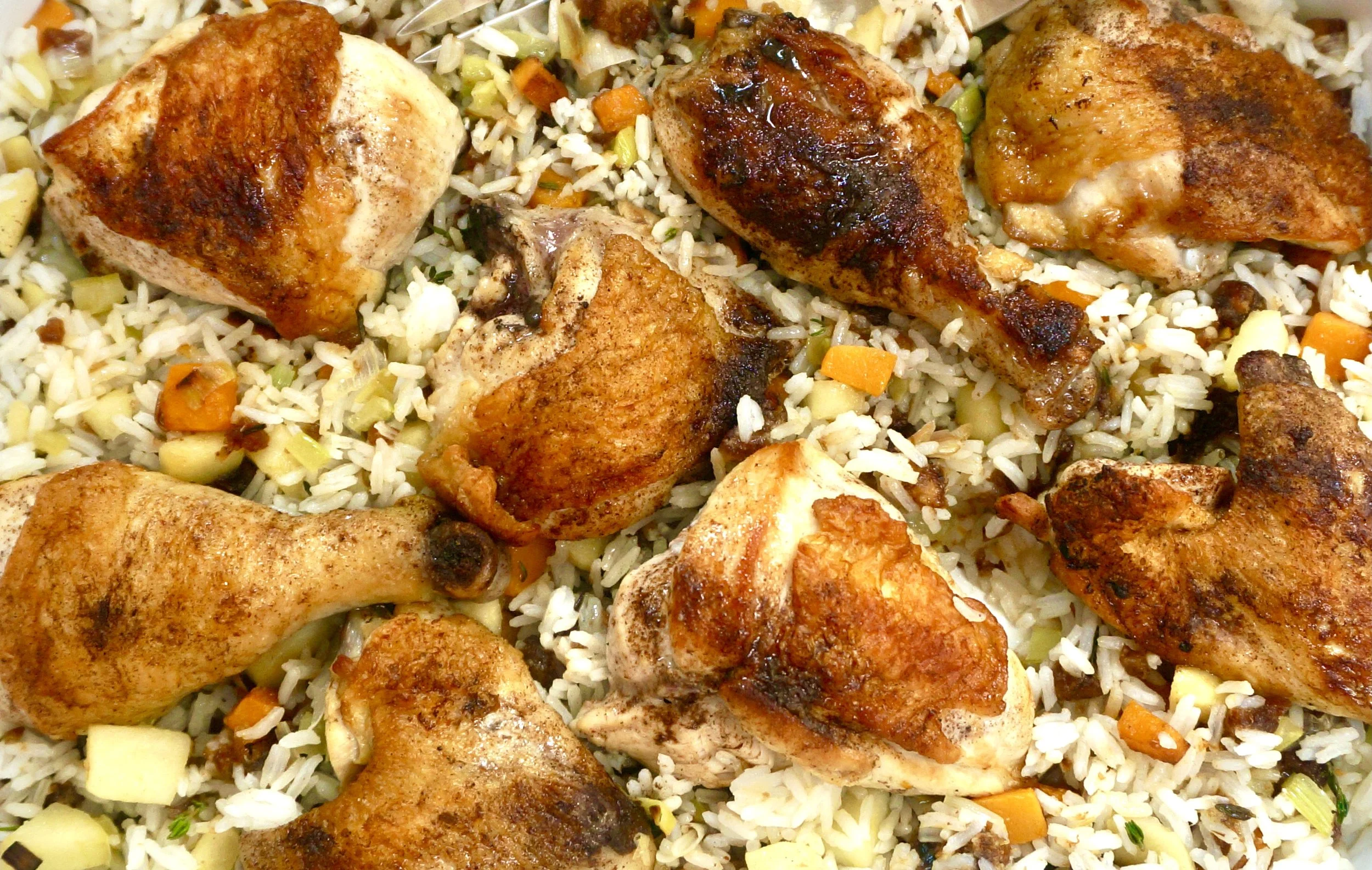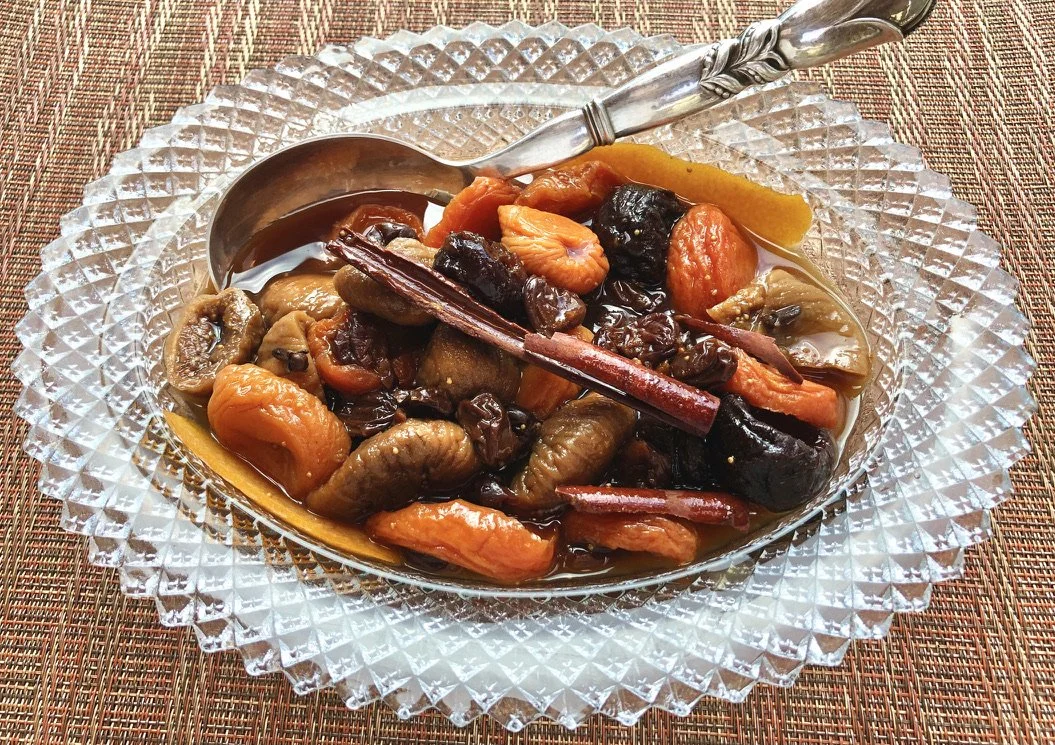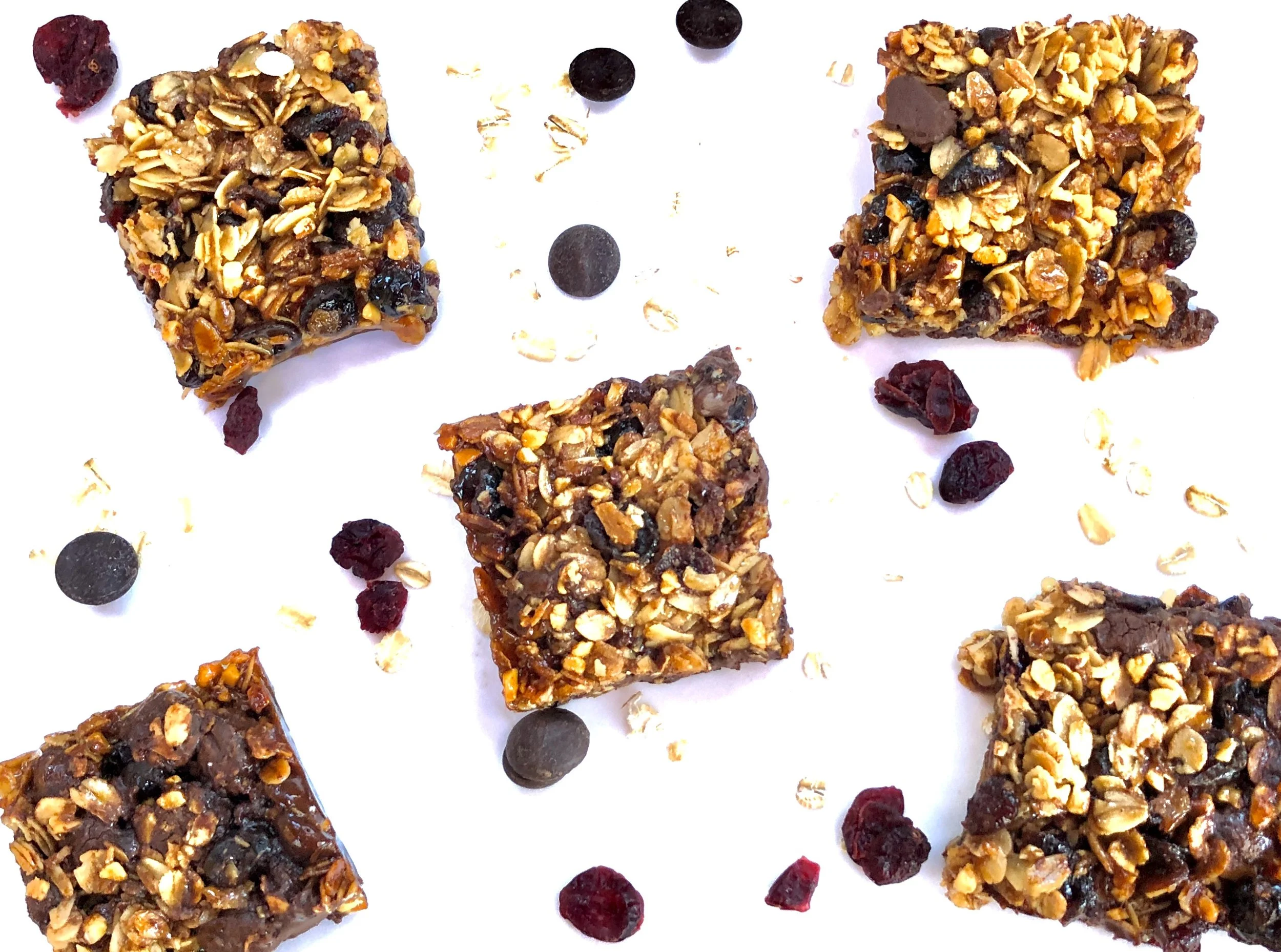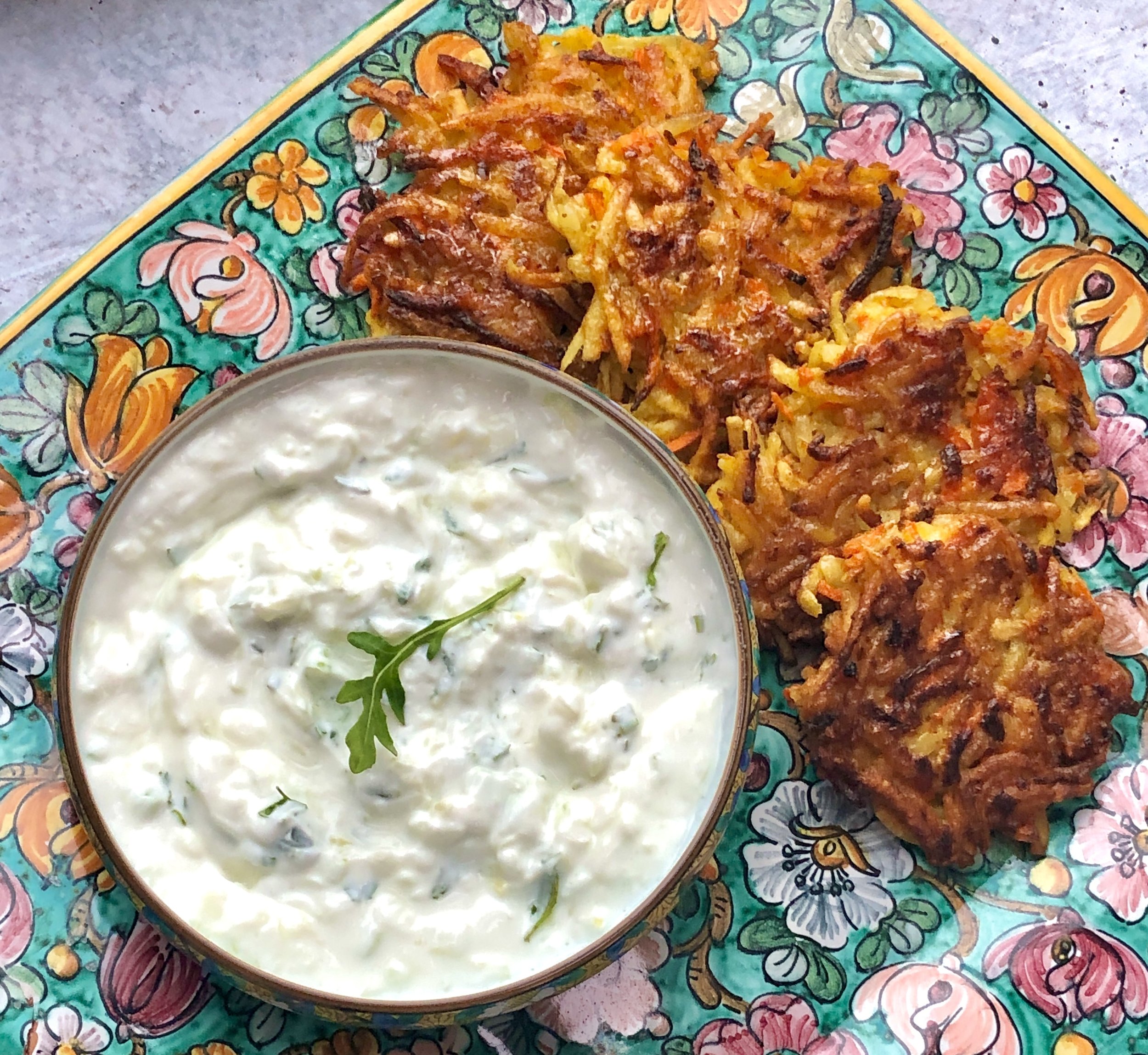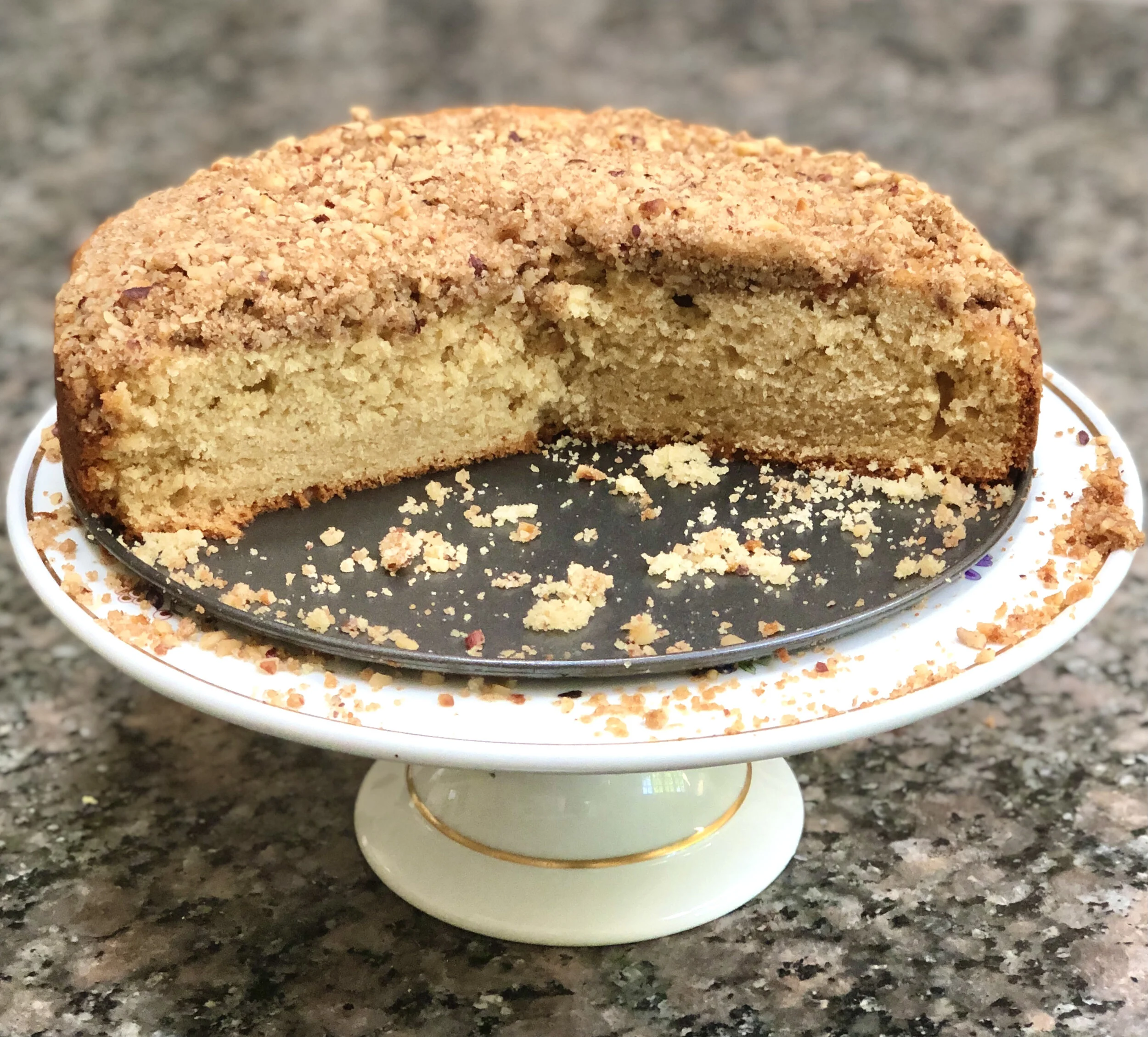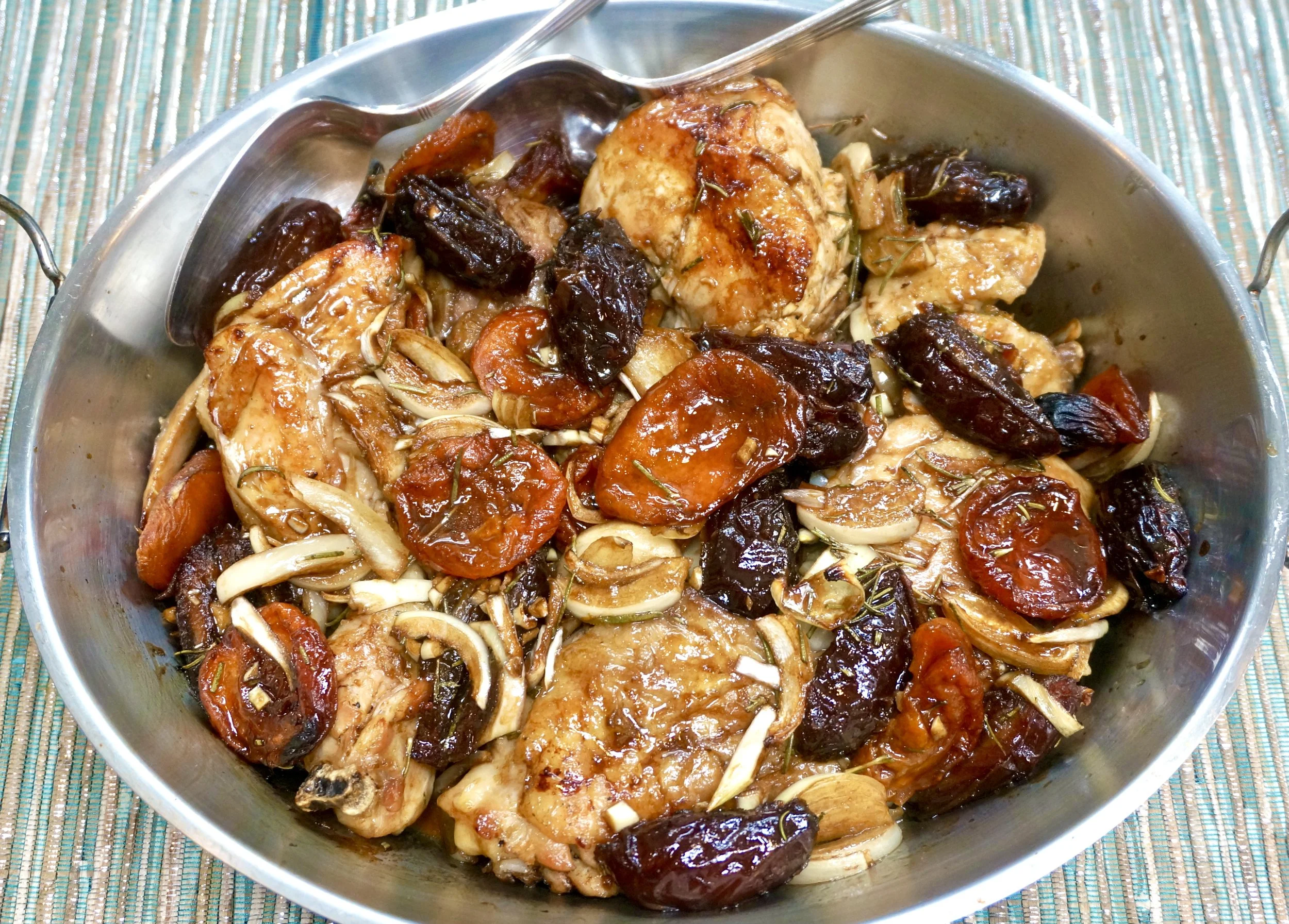Is there anyone who doesn’t like potato pancakes?
Can’t be!
I make all sorts of versions: Ashkenazi Jewish, Irish, Peruvian, German ….. and more. I make some with raw, shredded potatoes and some with cooked, mashed potatoes ….. and more.
I love all of them.
Recently I tinkered with one of my recipes for Irish mashed potato pancakes, basically combining it with another fabulous Irish mashed potato dish called Colcannon, which includes chopped cabbage or kale.
The result was these wonderful, crispy outside, meltingly tender inside Mashed Potato and Cabbage Pancakes.
I’ve made them with both cabbage and kale. I’ve coated them with panko, breadcrumbs and matzo meal.
They all work!
So — the recipe below, which is dairy-free and has a matzo meal crust, is a winner for St. Patrick’s Day, which is fun and gastronomically wonderful even if you’re not Irish, AND is a great side dish for Passover.
MASHED POTATO and Cabbage PANCAKES
2 large all-purpose or Yukon Gold potatoes, peeled and cut into chunks
1/2 to 3/4 cup chopped cabbage or kale
1 large egg
3 chopped fresh scallions
1/4 cup matzo meal (or bread crumbs)
Salt and freshly ground black pepper to taste
1/2 cup matzo meal, approximately (or use bread crumbs or panko)
vegetable oil
Place the potatoes in a saucepan, cover with water and bring to a boil over high heat. When the water begins to boil, reduce the heat to a simmer and cook for about 12 minutes or until the potatoes are barely tender. Add the cabbage and cook for another 3-4 minutes. Drain and return the potato-cabbage mixture to the saucepan. Mash the vegetables with a fork or mashing tool. Stir in the egg, scallions and 1/4 cup matzo meal. Season to taste with salt and pepper. Make flat cakes, about 1/4-inch thick out of the potato mixture. Press each side of the cake into the remaining matzo meal, to coat each side. Refrigerate for at least 30 minutes. Heat about 1/4-inch vegetable oil in a cast iron skillet or heavy, heat retaining sautepan over moderately high heat. Fry for about 3 minutes per side or until the pancakes are golden brown and crispy. Drain on paper towels.
Makes about 12



